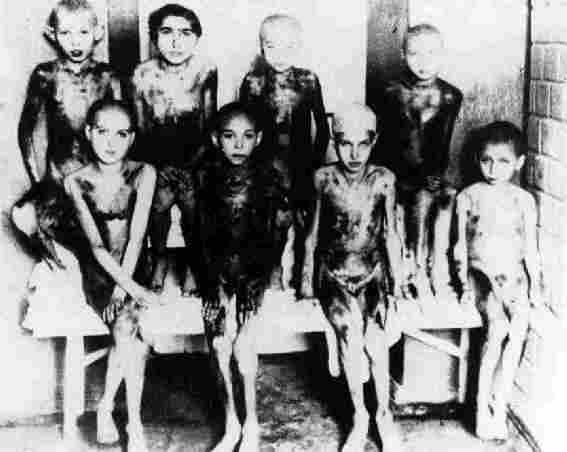Australian Aboriginal culture varies throughout the continent and people from different regions have different Ancestral Beings, different tools, weapons, basketry and different art styles. Since the arrival of Macassan (Indonesian) on northern Australian shores after 1700 AD, and later European colonisation in 1788, Aboriginal culture has evolved and changed further.
People lived day to day in family groups, banded together as hordes, and meet at times of ceremony, when one to several hundred members of a single tribe come together. Members of different tribes meet together at the largest ceremonies and gatherings, when there might be over 1,000 people at one gathering.
Aborigines have complex social and marriage laws, based on the grouping of people within their society. They also have a complex kinship system where everyone is related to everyone else. In order to understand the complexities of their social organisation, it is best to consider it in the following way, dividing it first into three main aspects. First, the physical structuring of society in terms of numbers – family, horde, tribe, second, the religious structuring based on beliefs and customs, totems, and marriage laws, and these beliefs divide people into moieties, sections and subsections, totemic groups, and clans. Third, there is also a kinship system that gives a social structuring. The social structuring and kinship system can become very complex and difficult to understand for non-Aborigines, but is a natural part of life for Aborigines, and its details vary from tribe to tribe.
In other words, the physical structuring encompasses a total of 500 individuals grouped into parties of 10-20. These parties group up to go hunting.
The religious structure is very complex, and by trying to simplify it, many misunderstandings may occur. Nevertheless, it is a small risk worth taking.
Basically, their religion groups each singular individual to one of the two moieties, or Ancestral Beings, of Aboriginal culture. These Beings also consist of several plants, animals, or places, leaving many Aboriginals to be related to the both the moieties and their representations (read: Totem.)
The kinship system, or social structuring, is much more personal. Each individual is called one thing by another relating their social structuring. This is most evident when a non Aboriginal joins the tribe, being adopted into their society he is then named something like “father/mother” or “brother/sister” or any other familiar noun. This is because the Aboriginals need to have in their own mind the kinship relationship they have with the new member.
The kinship system allows individual naming for up to 70 relationship terms in some tribes. That is, far more than the European terms "father/mother", "grandfather/grandmother", "uncle/aunt" etc. It is also the system where brothers of one's father are also called, in one sense, "father", and cousins may be called "brother" or "sister". A person knows, of course, who their real mother and father are, but under kinship laws, they may have similar family obligations to their aunts and uncles, the same as they would to their mother and father, and this is reciprocated.






 Simple shelters covered with overlapping sheets of paperbark. Northern Territory.
Simple shelters covered with overlapping sheets of paperbark. Northern Territory.












 Who sais that
Who sais that 






